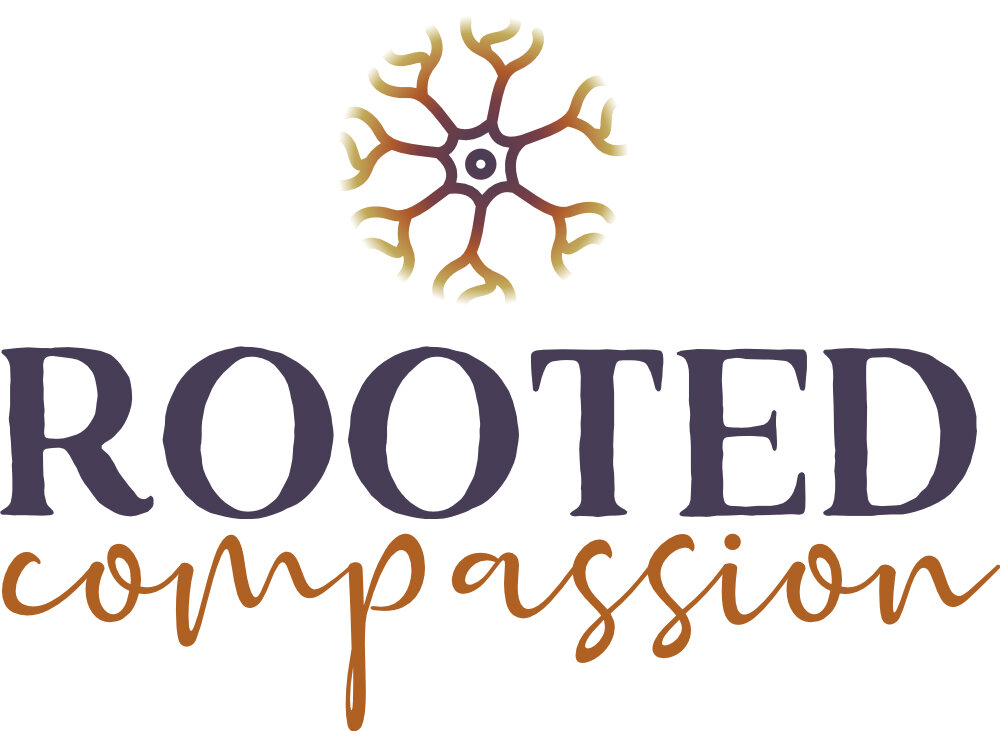
About the Polyvagal Theory
The Polyvagal Theory provides a new structure from which to understand more deeply how our autonomic nervous system (ANS) works. The research of Dr Porges teaches us that the nervous system is foundational in how we live in and understand the world around us.

Functions of the Vagus Nerve:
-
Help us interact with others more fully to enhance our sense of felt safety
-
To fire up our flee or fight system when we feel danger is near
-
To modulate some level of shut down, which can happen when we feel safe (sleep, rest, or meditation) or unsafe (freeze, immobilized, hopeless)
The bottom-line drive for human survival is to stay alive and make sure our species stays alive.
This drive is what directs all our behaviors, although we are, for the most part, not aware of this. To make sure we survive, we need to determine:
if the environment is safe
if others are a friend or foe
and we need to know how to communicate with friends (and foes).
We are, continuously and unconsciously, assessing for safety or danger – and all levels between those two extremes, both emotionally and physically.

When the vagus nerve assesses for emotional safety:
The ANS sends the message “I am safe” to the body to do things like slow the breathing, lower the heart rate, soften the eye muscles, ease the tone in our voice and relax our muscles. In essence, our fear center is turned way down.
When the vagus nerve assesses for emotional danger (or when you are uncomfortable, upset, dysregulated):
The ANS sends the message, “I am not safe” to the body to prepare to flock, flee, fight or freeze. This can cause an increase in heart rate and breathing, increase in vigilance and a different tone in our voice.
One branch of the vagus nerve innervates all the organs in our torso and another branch innervates our muscles of facial expression, voice box and inner ear. The torso offers us sensations that tell us if we are feeling safe or unsafe. Our face and voice are our primary means of creating connection with another, and our face and our voice let others know about our emotional state.

In short, the Polyvagal Theory states that our body has an internal assessment of safety or danger, both physically and emotionally.
It was identified by, and is supported through the academic research of Stephen Porges. It is a physiological and unconscious set of actions our body takes to restore itself to a sense of emotional felt safety. This clearly supports the idea that our body and unconscious minds are the front line of feelings and reactions to the world around us, not our conscious brain as has been believed for so long.
Learn with Amy
There is so much more to share about the Polyvagal Theory and I hope to connect with you through counseling, training or consultation to share more!
References & Sources
https://www.polyvagalinstitute.org
Scientific Papers, Chapters, Books, and Interviews:
https://www.polyvagalinstitute.org/scientific-papers-books-etc



